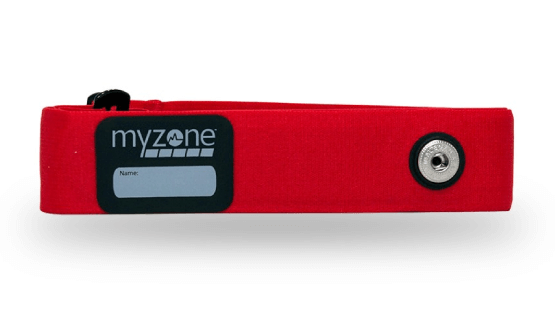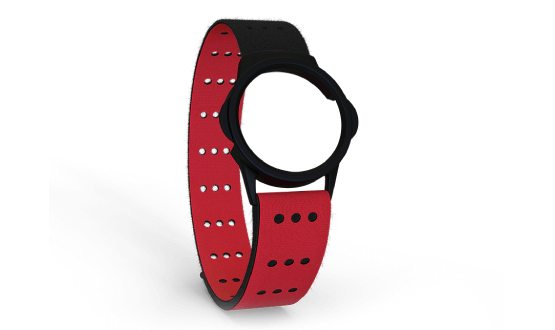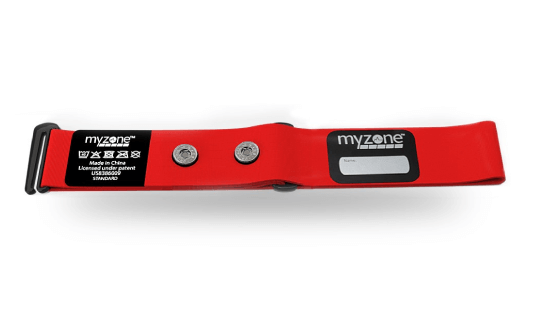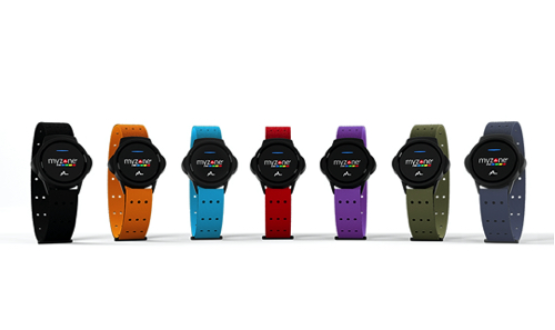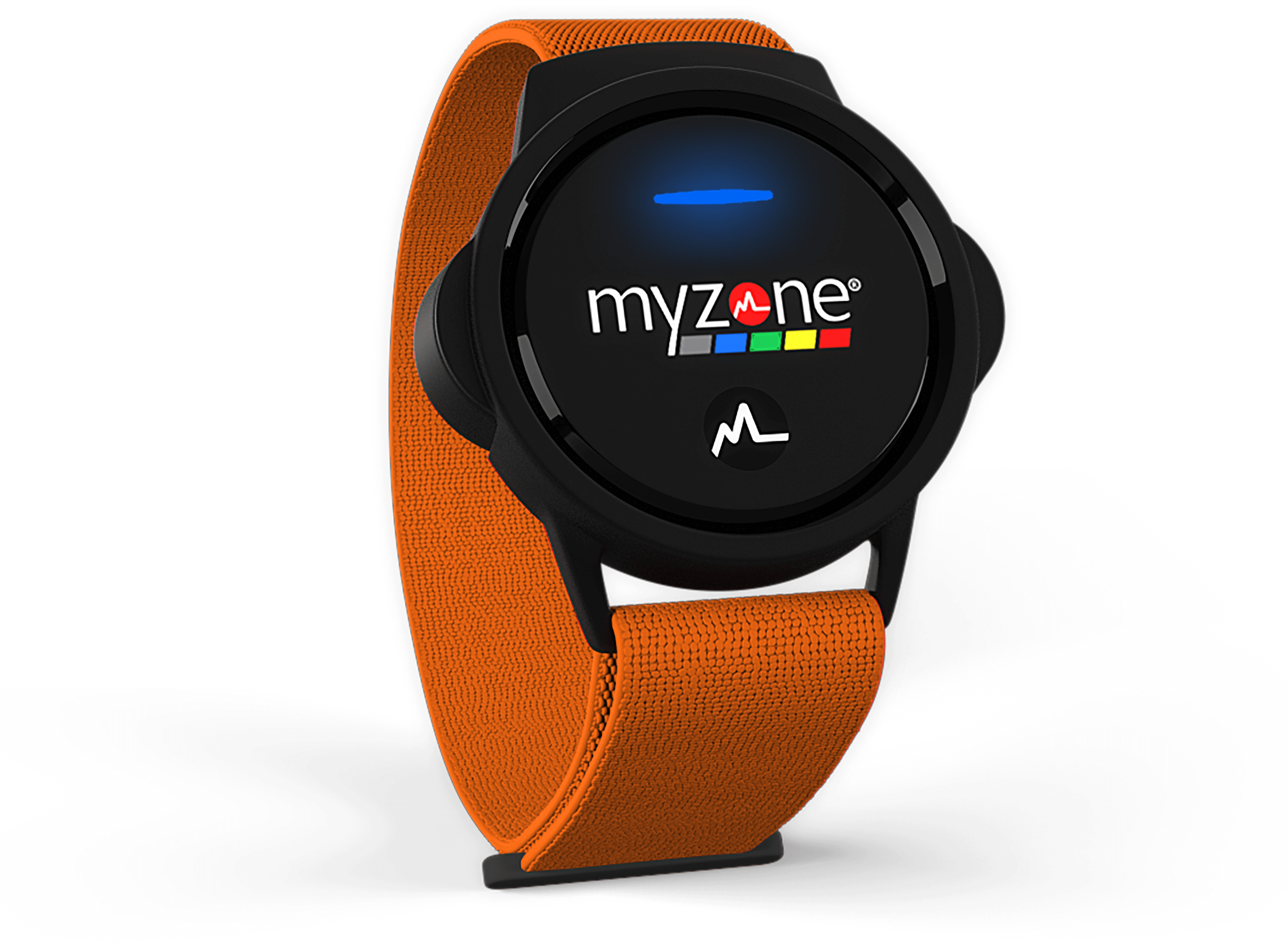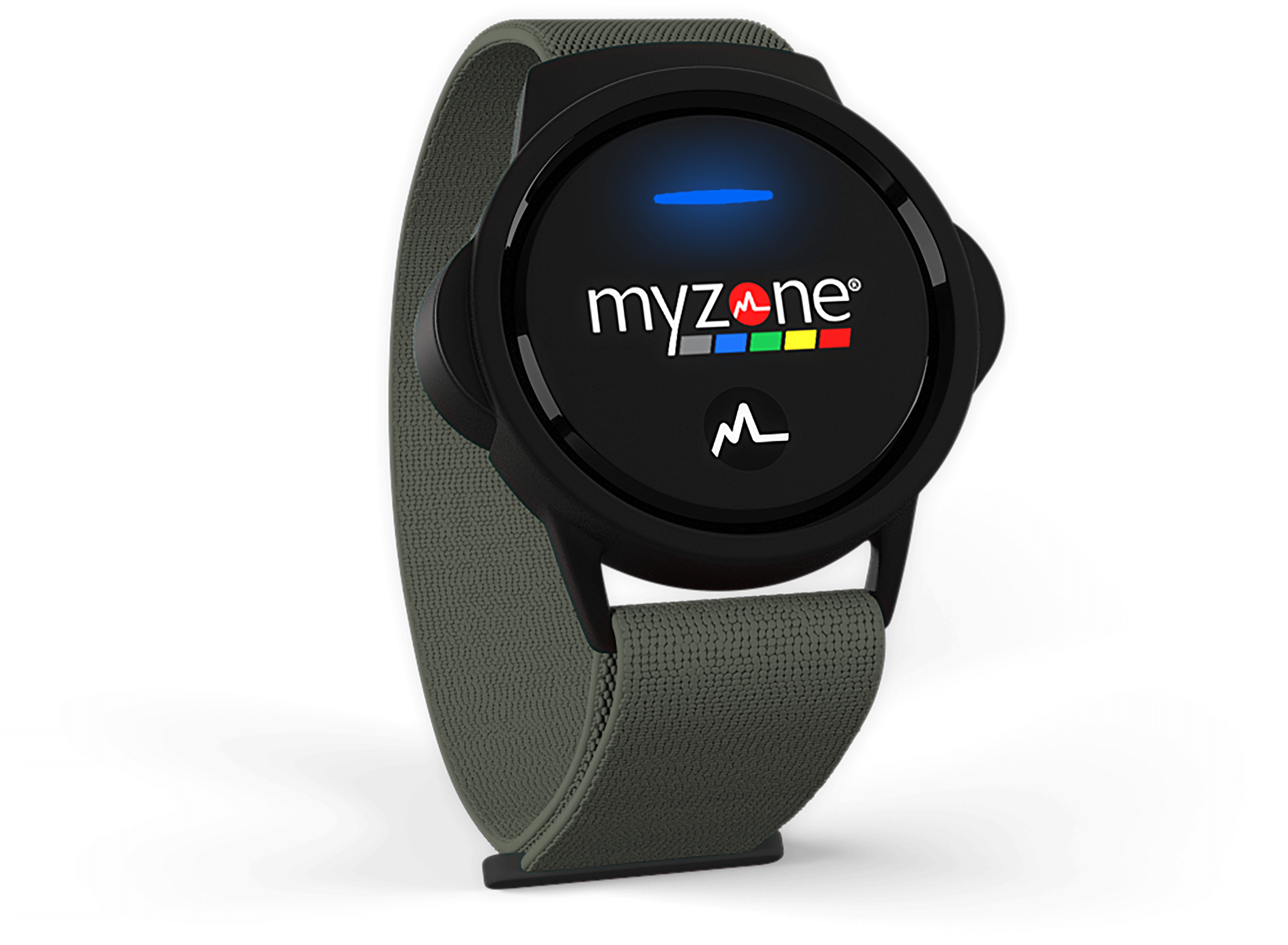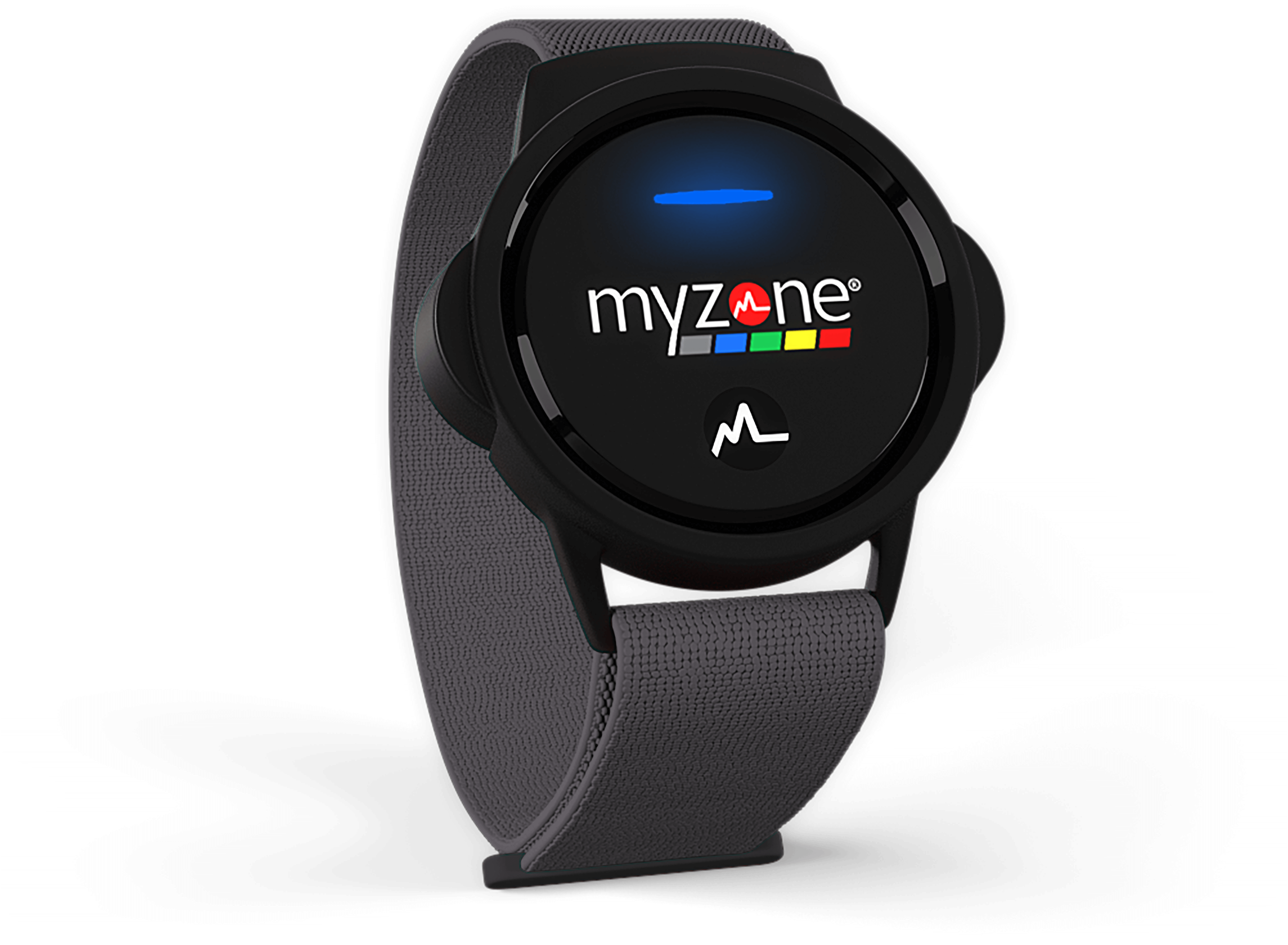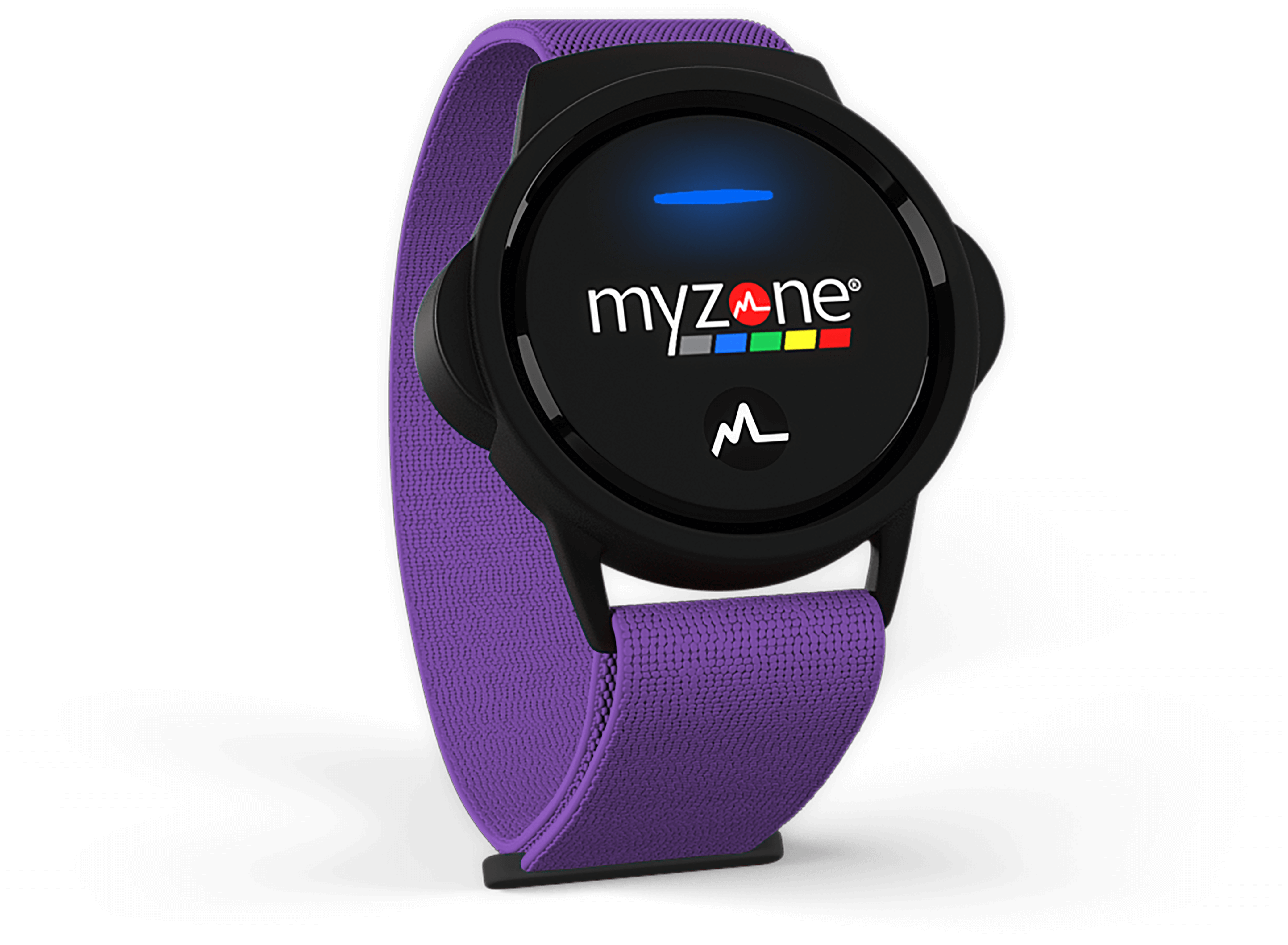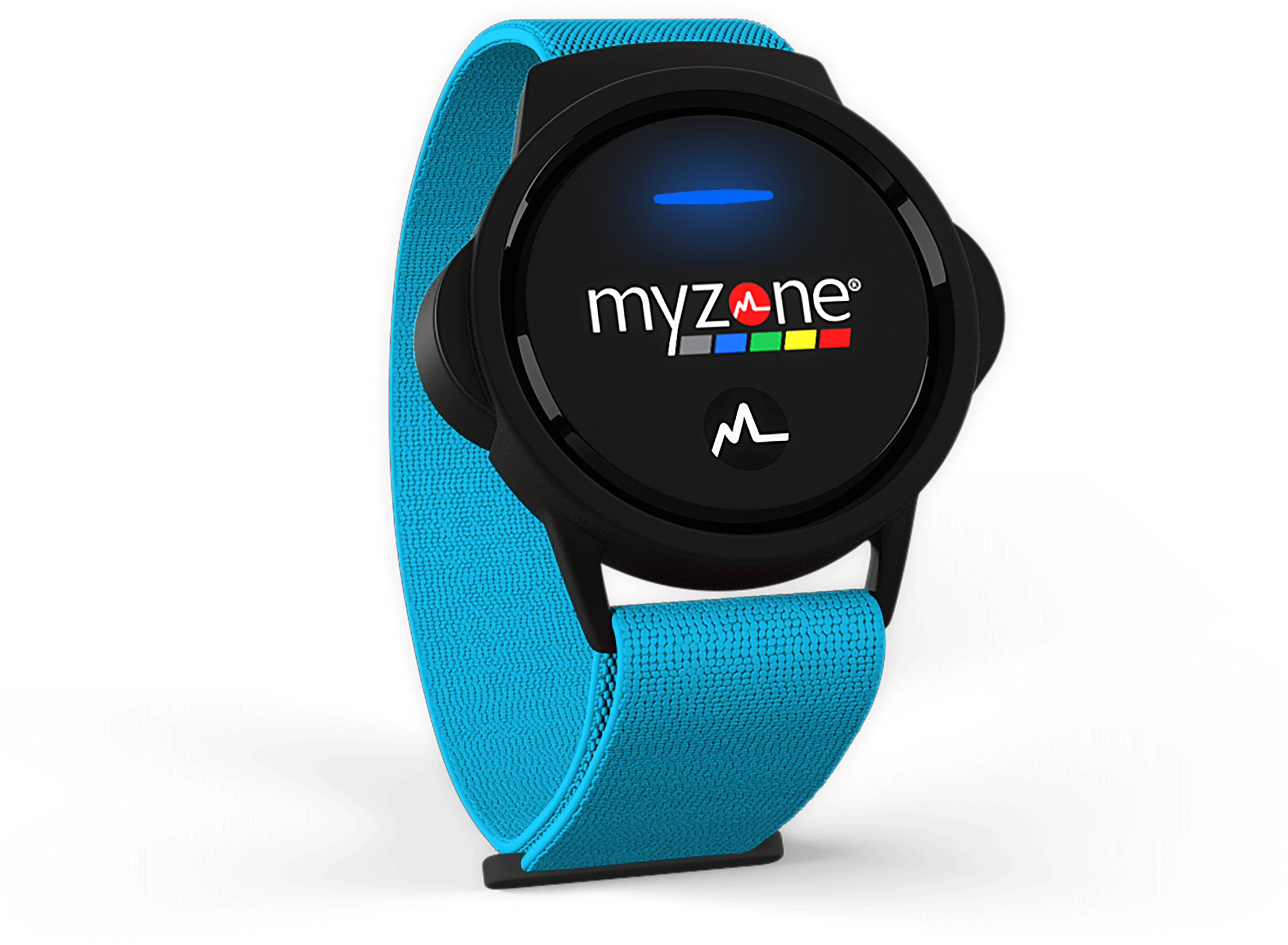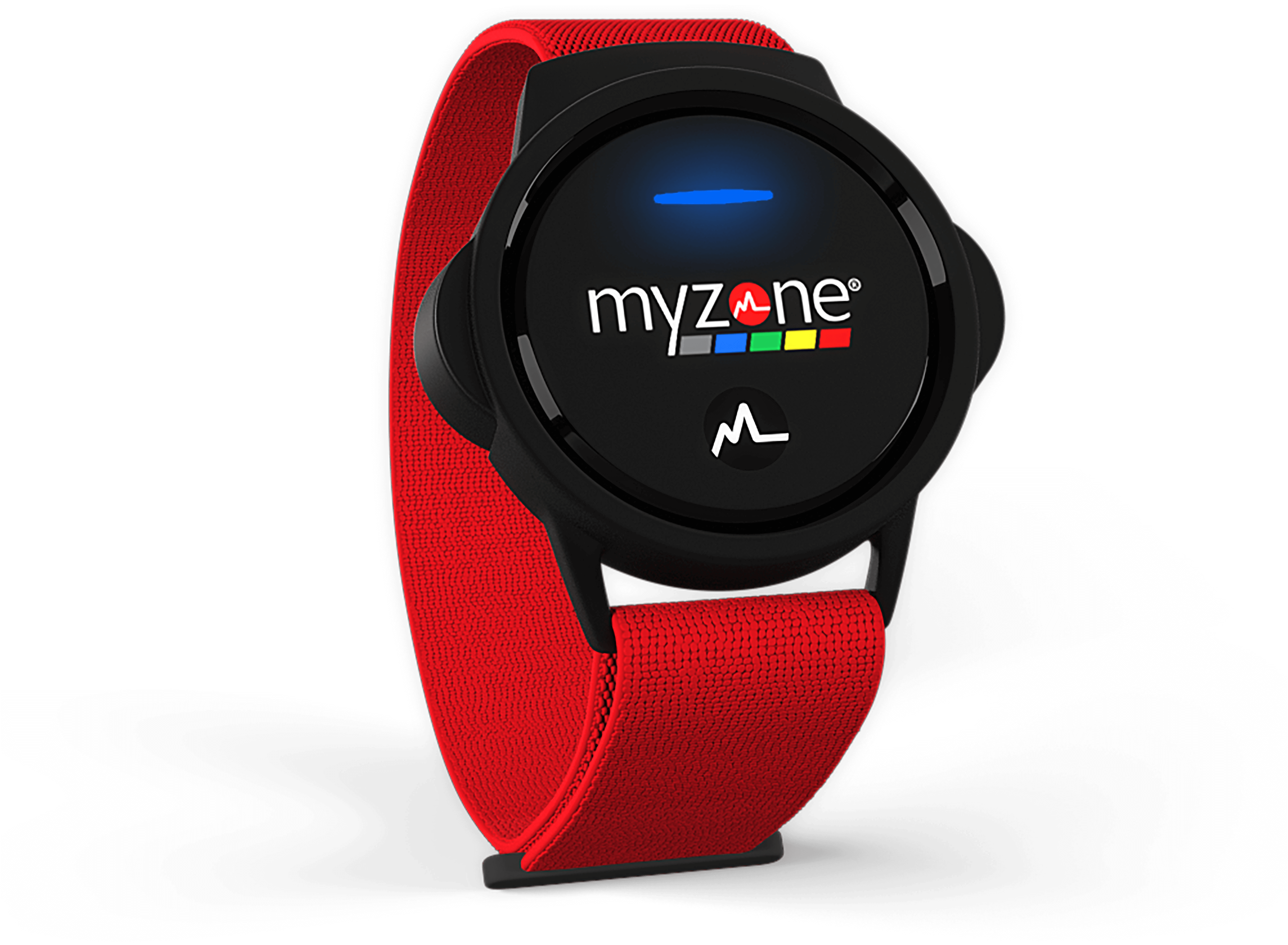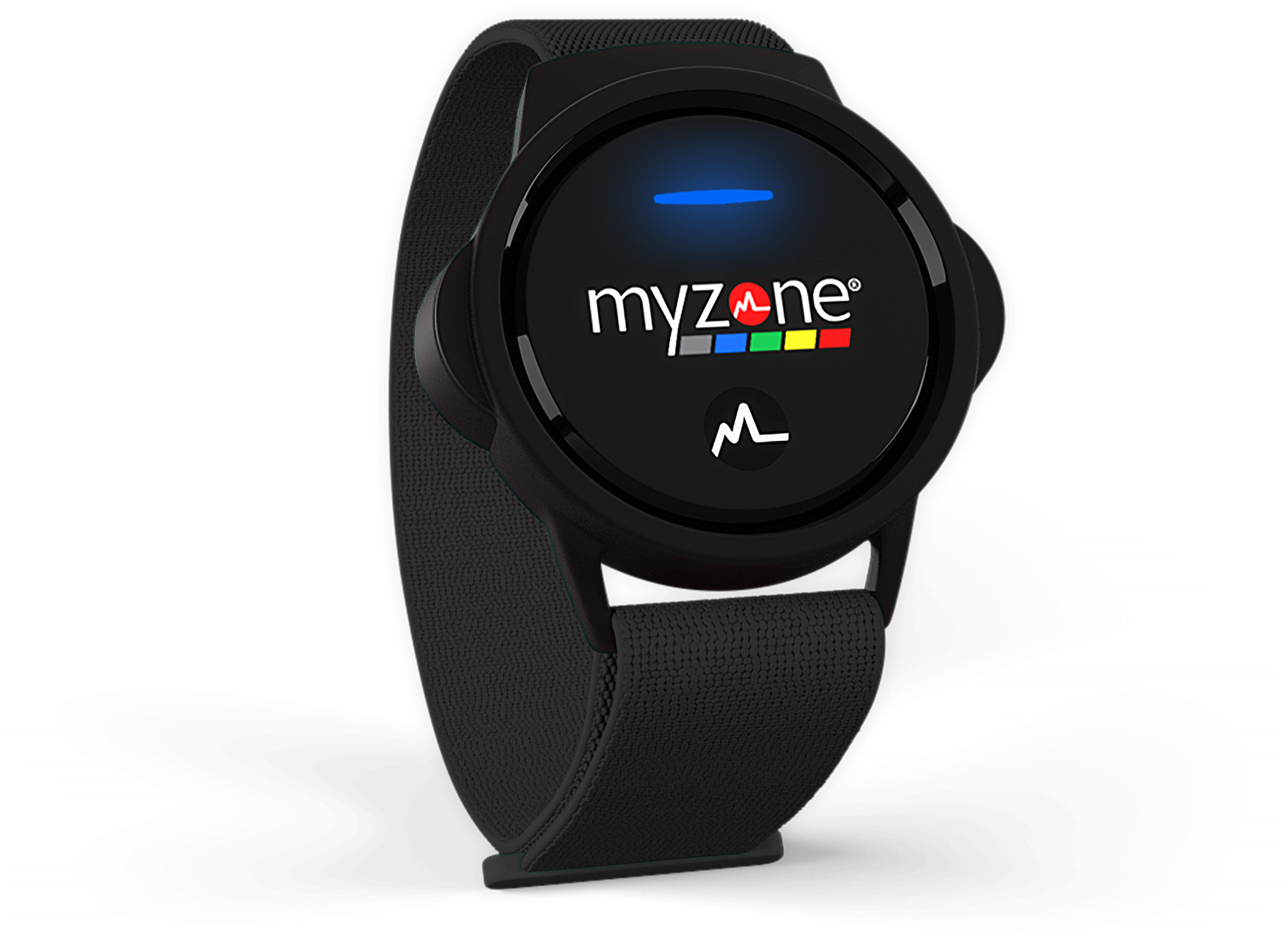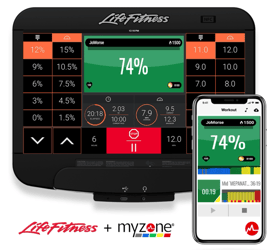 The fitness industry has undergone significant changes over the past several years. Any industry leader understands it is important to create a unique member experience, provide engagement, and build community. Like many other industries, the fitness realm is expanding past traditional services to favor consumers wants, needs, and ever-growing demands. As society continues to modernize, and technology simultaneously advancing, it is only fair that consumers expect to see similar trends pop up within their gym as well.
The fitness industry has undergone significant changes over the past several years. Any industry leader understands it is important to create a unique member experience, provide engagement, and build community. Like many other industries, the fitness realm is expanding past traditional services to favor consumers wants, needs, and ever-growing demands. As society continues to modernize, and technology simultaneously advancing, it is only fair that consumers expect to see similar trends pop up within their gym as well.
More than 85% of the population do not use gyms because they feel they are intimidating and overly competitive environments. There is nothing to reward people for their process of getting fit, but plenty to make them feel inadequate. Building a successful gym is about creating an ethos that values every individual that walks through the door, helping them to progress and feel important.
Why tackle the scalability of chain gyms?
Chain gyms have learned all too quickly, offering a personalized experience to all 500+ members can be rather tricky. A typical chain gym consists of high-end equipment and personal trainers, providing members with the option to train alone, or join group fitness classes. In an environment of that size, creating a relationship to engage with every member is nearly impossible. In a market of over 201,000 clubs and 174 million members worldwide, there is no better time to embrace technology as an integral part of any gym strategy.
Studies show that wearables are growing at a 35% annual compounding rate, solidifying that technology is increasingly finding a place within people’s lives, including their fitness routines. Wearable technology has helped to break down barriers within the fitness industry by eliminating the fear of inadequacy often associated with exercise. As technology becomes more advanced, so does the consumer’s awareness and curiosity on how hard they are working and progressing overtime.
People get hooked on results. How can you provide real-time feedback?
Leading industry provider, Myzone, helps to show millions of people around gyms that the space doesn’t need to feel intimidating and competitive. By devising a way to reward effort, Myzone has levelled the playing field so everyone has an equal opportunity to show how hard they are trying, even in a gym with hundreds of members. The key behind successful implementation of a wearable strategy is to engage with the product and use it as a tool to help make potential or existing users’ share in a unique and personalized experience and take that step to regular activity.
Technology is helping fitness chains get into members’ heads, without having to be present to do so. One way to keep customers coming back is to hold them accountable. With Myzone, users leave each workout getting results, truly knowing where they stand and that their time was well spent. By installing a technology strategy like Myzone into facilities, club owners can introduce a digital community, keeping their members connected and accounted for whether inside or outside of the facility.
To truly future-proof the growth of the fitness industry, club owners need to revolutionize their facility and strategy by taking a customer-centric approach. Why? Because convenience and care are the cornerstone on which customer loyalty is built. The fitness market is enjoying a growth spurt thanks to society’s frenzied, new engagement with wellness. However, the individuality of a gym goer’s performance highlights that fitness chains need to be versatile in their approach. People join a gym for a reason, and no two reasons may be the same. It is important for club owners to focus on experience and provide offerings that appeal to all who walk through their doors. Those who don’t, could get left behind.




